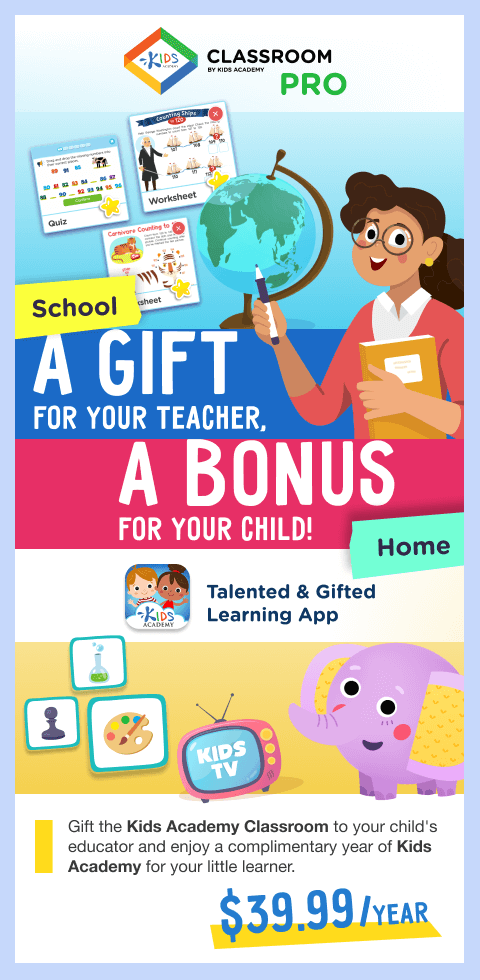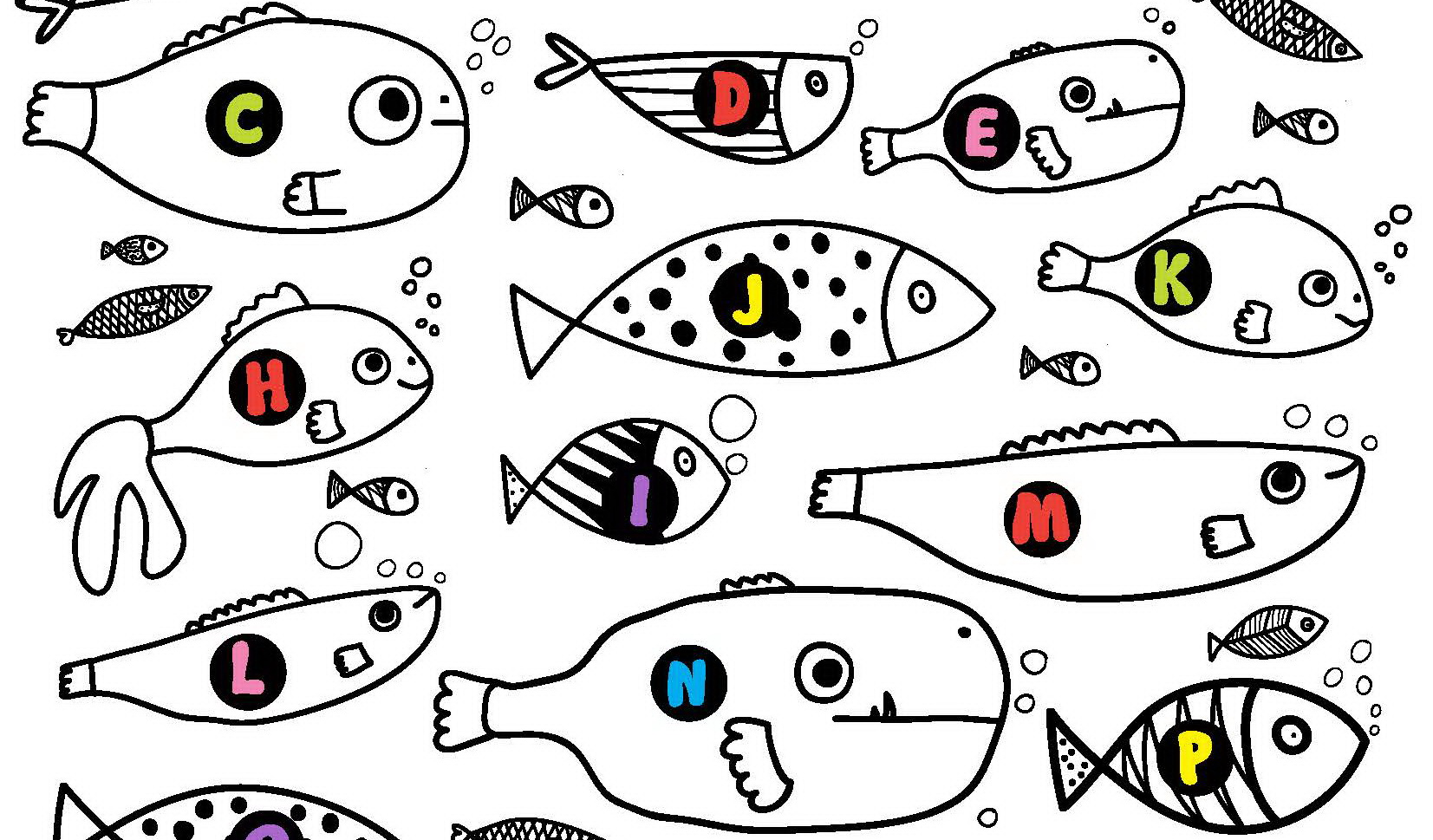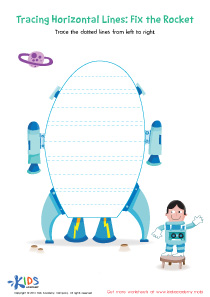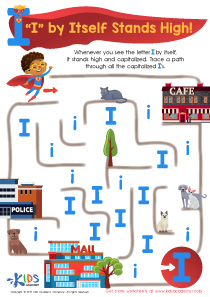Vocabulary enhancement Normal Letter Recognition Worksheets for Ages 3-7
3 filtered results
-
From - To
Unlock a world of words with our Vocabulary Enhancement Normal Letter Recognition Worksheets for Ages 3-7. Perfect for young learners, these worksheets blend fun activities with essential skills to boost letter recognition and vocabulary. Each interactive worksheet is designed to engage preschoolers and early grade students through colorful exercises, tracing, and matching games. By integrating foundational phonics with playful illustrations, we ensure children build a strong vocabulary while mastering letter identification. Ideal for both classroom and at-home learning, our worksheets provide a comprehensive and enjoyable way to develop critical early literacy skills, laying the groundwork for future reading success.
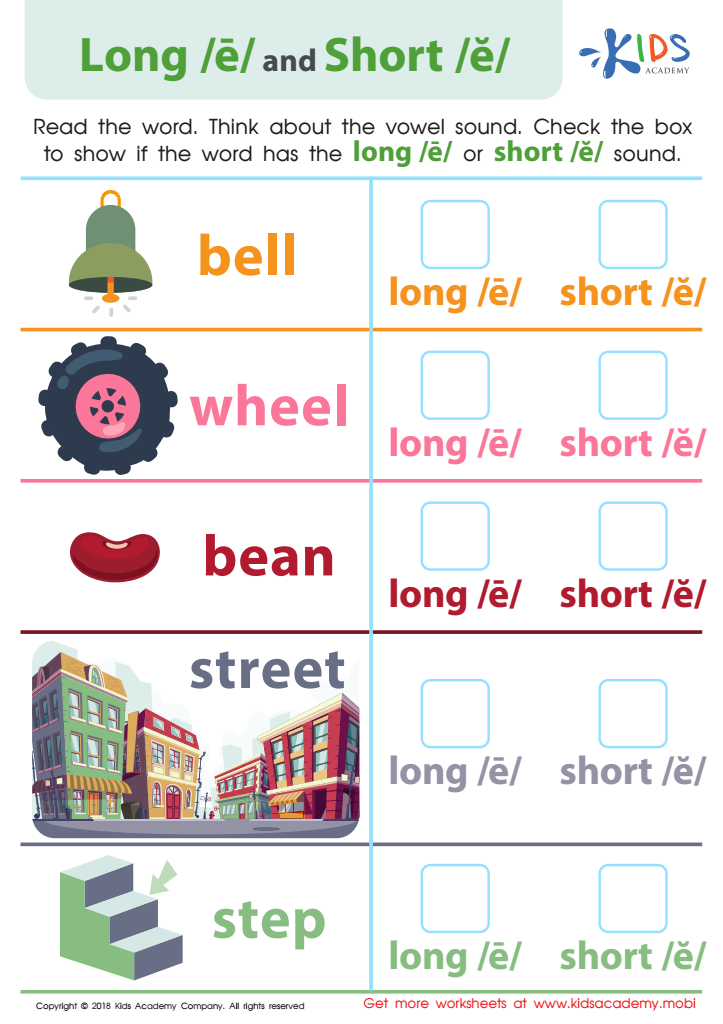

Reading: Long E and Short E Worksheet
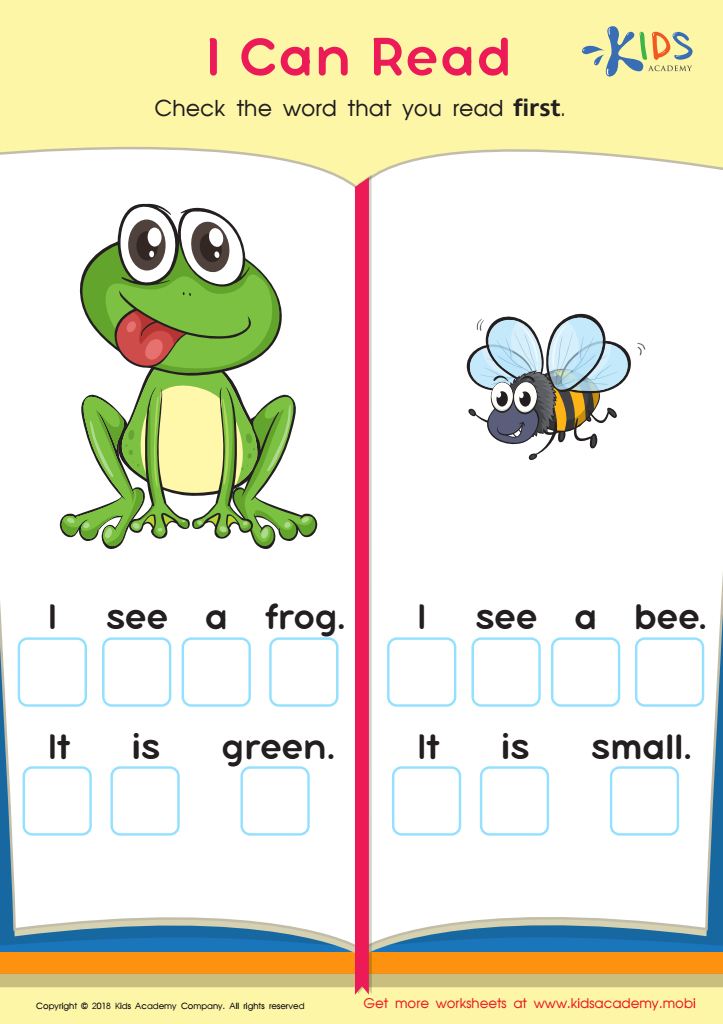

I Can Read Worksheet
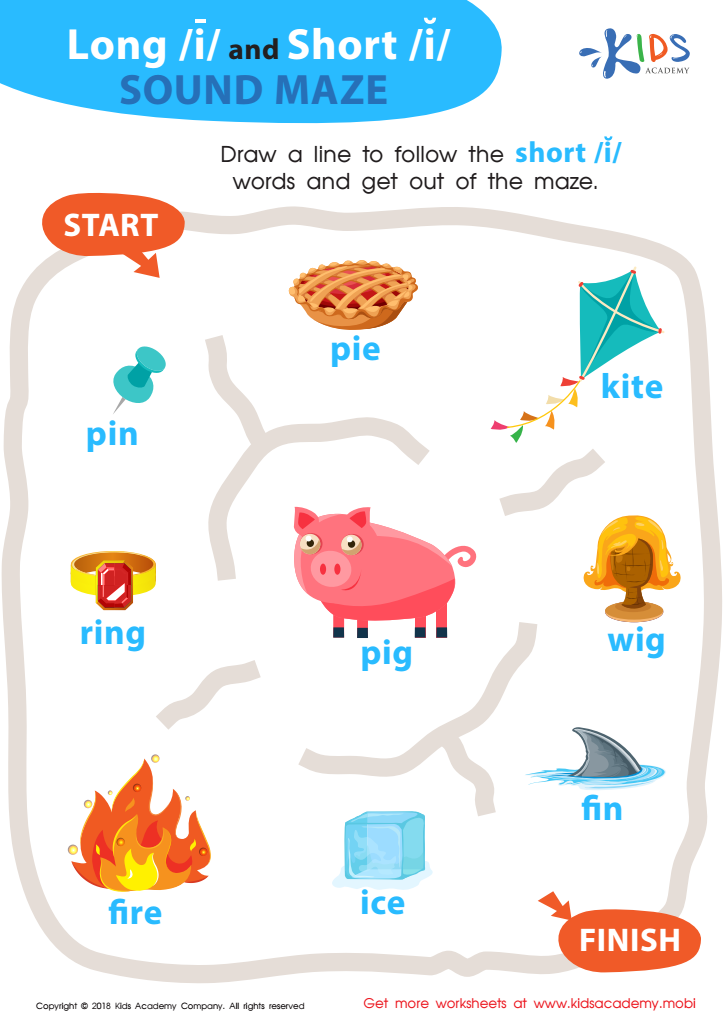

Reading: Long I and Short I Sound Maze Worksheet
Vocabulary enhancement and normal letter recognition are foundational for children ages 3-7 and deserve attention from parents and teachers.
At this young age, children’s brains are incredibly receptive to learning new words and recognizing letters. Building a robust vocabulary supports effective communication and expands a child's understanding of the world. Rich vocabulary also enhances reading comprehension and provides the tools to express thoughts and emotions more precisely.
Letter recognition is equally vital. It is the first step toward reading fluency. Recognizing letters and their corresponding sounds (phonics) helps children decode words when they start reading. This early phonemic awareness is crucial; it lays the groundwork for reading skills, including fluency and comprehension. If children struggle with recognizing letters, they are more likely to face difficulties in reading and writing later on.
Enhanced vocabulary and solid letter recognition play a critical role in academic success. Children who enter school with strong language skills demonstrate better performance in reading and other subjects. Moreover, early literacy creates a positive attitude toward learning, fostering a lifelong love for reading.
In essence, focusing on these areas equips children with essential skills for academic and personal development, making it a no-brainer for parents and teachers to invest time and resources into vocabulary enhancement and letter recognition during early childhood.
 Assign to My Students
Assign to My Students

